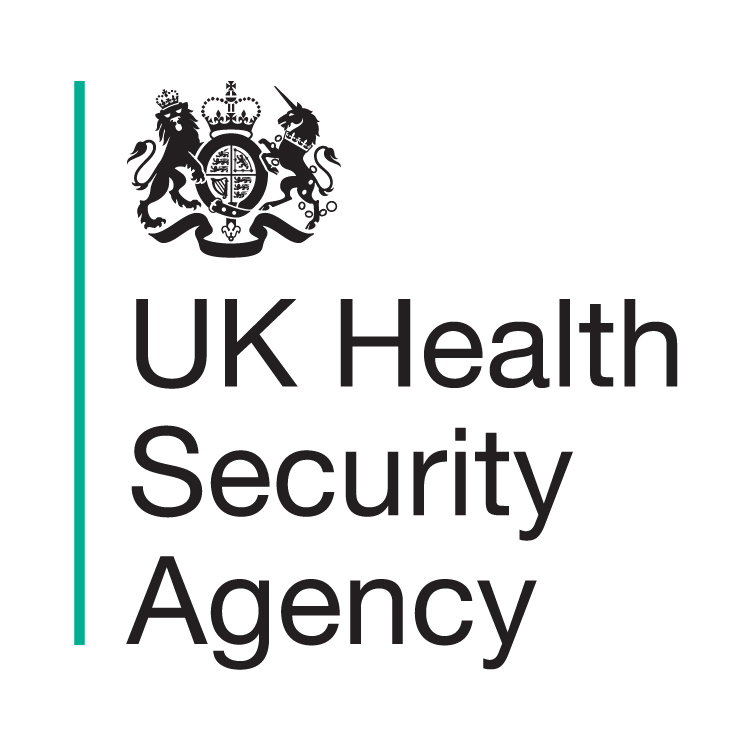
Meningitis is a serious condition where the protective layers (meninges) around the brain and spinal cord become inflamed.
It has many causes, such as different germs, including bacteria, viruses, and fungi. In the UK, most cases are due to bacteria or viruses. Some of the bacteria that cause meningitis can also lead to septicaemia (blood poisoning), and both conditions can result in sepsis, which is life-threatening.
Although anyone can get meningitis, it’s most common in babies, young children, teenagers, and young adults. It needs to be treated quickly so it is important to know the signs and symptoms which can happen in any order and may not all be present.
What is the difference between bacterial and viral meningitis?
Bacterial meningitis is less common but more serious than viral meningitis. It is often accompanied by life-threatening sepsis and can result in permanent damage to the brain or nerves. Around one in every 10 cases of bacterial meningitis is fatal and some cases will have long-term health problems. However, most people with bacterial meningitis who receive prompt treatment make a full recovery.
Viral meningitis is generally less serious and usually gets better on its own within 7 to 10 days, rarely causing long-term problems. Mumps was the most common cause of viral meningitis before the MMR vaccine was introduced. Now a number of other viruses may be responsible.
What are the symptoms of meningitis?
Early symptoms – such as vomiting, fever, aches, muscle pain, cold hands and feet and headaches – can look similar to common illnesses like colds or flu. But someone with meningitis or septicaemia will usually become seriously ill in a matter of hours. That’s why it’s crucial to keep checking on anyone who is unwell.
Symptoms can appear in any order and some may not happen at all. For meningitis, common signs and symptoms include:
- fever
- a very bad headache (this alone is not a reason to get medical help)
- vomiting
- stiff neck
- dislike of bright lights
- rash
- confusion, delirium
- severe sleepiness, losing consciousness
- fits
How do you recognise septicaemia?
It’s important to be aware of how to recognise septicaemia as well as meningitis. The most important signs to look out for are:
- fever and shivering
- severe pains and aches in limbs and joints
- vomiting
- very cold hands and feet
- pale or blotchy skin
- rapid breathing
- diarrhoea and stomach cramps
- red or purple ‘bruised’ or blotchy rash on skin that does not fade under pressure - do the glass test. On dark skin, check inside the eyelids or roof of the mouth where the spots may be more visible
- difficulty walking or standing
- severe sleepiness, losing consciousness
The NHS (Meningitis - Symptoms - NHS) and meningitis charities have very good information on signs and symptoms (see Meningitis - Symptoms, Causes and Treatments | Meningitis Now or Symptoms of Meningitis | Meningitis Research Foundation).
How does meningitis affect babies?
The symptoms and signs of meningitis and septicaemia in babies can include:
- refusing feeds, vomiting
- feeling drowsy and not responding to you, or being difficult to wake
- being floppy and having no energy, or being stiff with jerky movements
- being irritable when picked up
- a high-pitched moaning cry
- grunting
- rapid or unusual patterns of breathing
- fever (high temperature)
- cold hands and/or feet
- skin that is pale, blotchy or turning blue
- shivering
- spots or a rash that does not fade under pressure
Find out more details about meningitis in babies and the MenB vaccine here.
What does the meningitis rash look like?
Although the meningitis rash doesn't always appear and can vary greatly in appearance, it is one of the most recognisable signs of meningococcal meningitis and septicaemia. DO NOT wait for a rash to appear before seeking medical advice.
The rash often starts with a few small, isolated spots and typically develops into a non-blanching rash (one that doesn't disappear when pressed). It is important to spot this early as a rapidly evolving rash indicates very severe disease.
The rash can be harder to see on darker skin but may be visible on paler areas such as the soles of feet, palms of hands, abdomen, or inside the eyelid or roof of the mouth. Check the whole body, particularly where clothing creates pressure (underwear elastic, nappies, stockings).
Find out more about the meningitis rash on the website of the Meningitis Research Foundation.
When should I seek medical help?
Call 999 immediately or go to your nearest A&E if you think you or someone in your care could have meningitis, septicaemia or sepsis. Trust your instincts and do not wait for all symptoms or for a rash to develop. People with meningitis, septicaemia or sepsis can become seriously unwell very quickly.
Call NHS 111 if you're unsure whether it's serious.
If you've already had medical advice but remain worried or symptoms worsen, seek medical help again.
Is meningitis also known as 'freshers' flu'?
No, meningitis and freshers' flu are very different things. While the signs and symptoms may be quite similar at first, people with meningitis are likely to become much more unwell very quickly.
Freshers' flu may not be flu at all. It's a collection of common cold viruses that spread rapidly when students arrive at university. While freshers' flu is unpleasant, it's rarely serious. Sometimes it may be genuine flu, and will need a few days in bed.
Make sure you, your family and your friends look out for each other and that someone knows if you are unwell so they can keep an eye on you. This could be life-saving.
How is meningitis spread?
Meningitis spreads in a similar way to a cold - through close contact or lengthy contact with someone carrying the infection who may not show any signs of infection themselves. Most cases occur in individuals but outbreaks sometimes happen in schools or places where people share living space, such as university halls.
Can meningitis be prevented?
Several vaccines offered free of charge by the NHS can help protect against certain causes of meningitis and septicaemia:
- MenB vaccine: For babies given at 8 weeks, 12 weeks, and 1 year
- 6-in-1 vaccine: For babies given at 8, 12 and 16 weeks
- Pneumococcal vaccine: Two doses for babies given at 16 weeks and 1 year; single dose for adults aged 65+
- Hib/MenC vaccine: For babies given at 1 year (if born on or before 30 June 2024)
- MMR vaccine: For babies given at 1 year, with a second dose at 18 months
- MenACWY vaccine: For teenagers aged 13 to 14
What should I do if I’ve missed my meningitis vaccine?
To get the most benefit, it is important for you or your child to have your vaccines when they are offered or as close to that time as possible. Young children who have missed one or more dose of the MenB vaccine can have this free of charge before their second birthday and missed MMR vaccine doses can be given at any age.
Teenagers can arrange to have vaccines they have missed. This is especially important before starting university or college. If that’s not possible, they should make arrangements with their new GP as soon as they can after term begins. All GP practices should be able to offer free missed MenACWY to students who are under 25 years as well as MMR vaccines to eligible students. International students in the same age group are also eligible for these routine vaccines.
How is meningitis treated?
People with suspected meningitis usually have tests in hospital to confirm the diagnosis and determine whether it's viral or bacterial.
Bacterial meningitis typically requires hospital treatment for at least a week, including:
- antibiotics given directly into a vein
- fluids given directly into a vein
- oxygen through a face mask
Viral meningitis often doesn't require hospital treatment and tends to improve on its own within 7 to 10 days. Treatment focuses on rest, painkillers and anti-sickness medication to relieve symptoms.
What is the long-term outlook?
Viral meningitis usually resolves completely without long-term problems.
While most people with bacterial meningitis and septicaemia who receive prompt treatment make a full recovery, some experience serious long-term complications including:
- hearing loss or vision loss (partial or total)
- problems with memory and concentration
- recurrent fits (epilepsy)
- co-ordination, movement and balance problems
- loss of digits or limbs (amputation is sometimes necessary)
Early diagnosis and treatment significantly improve chances of recovery.
